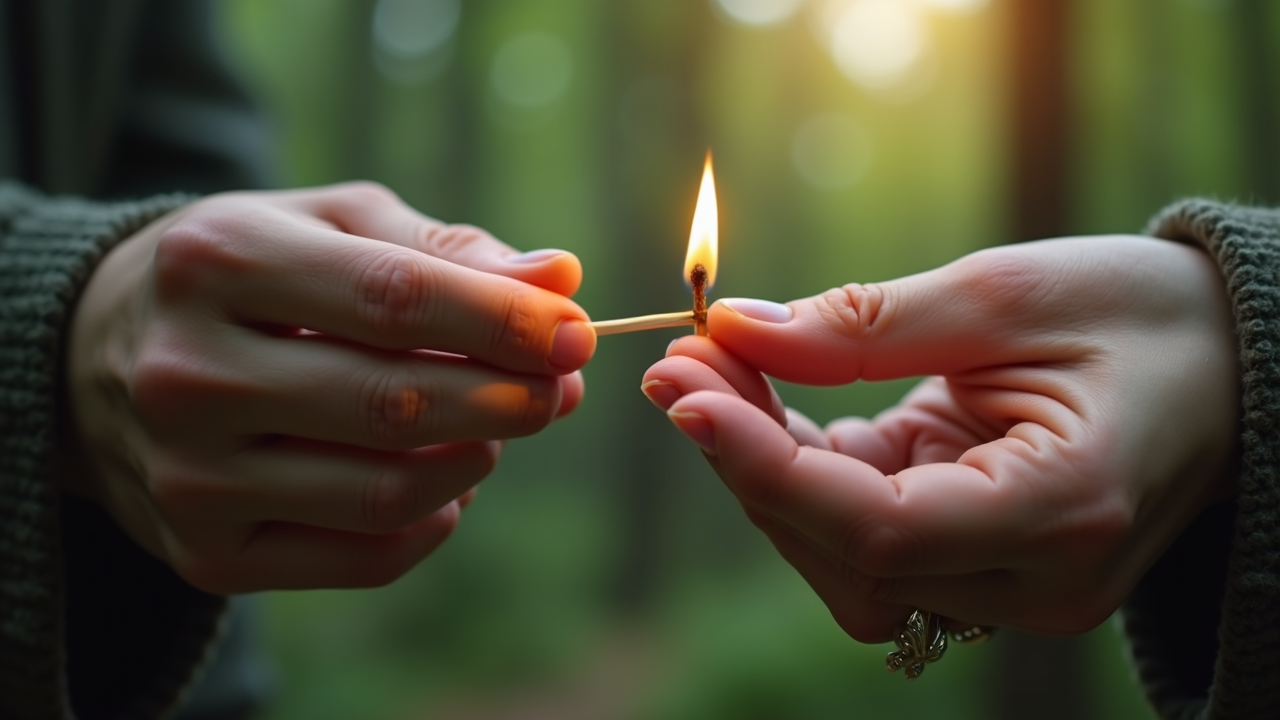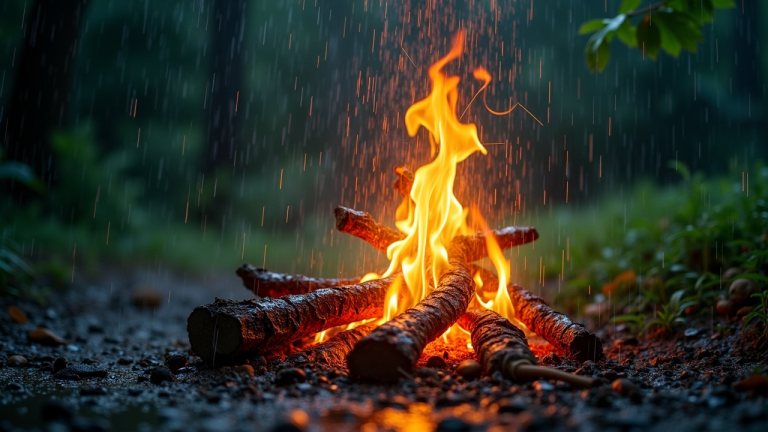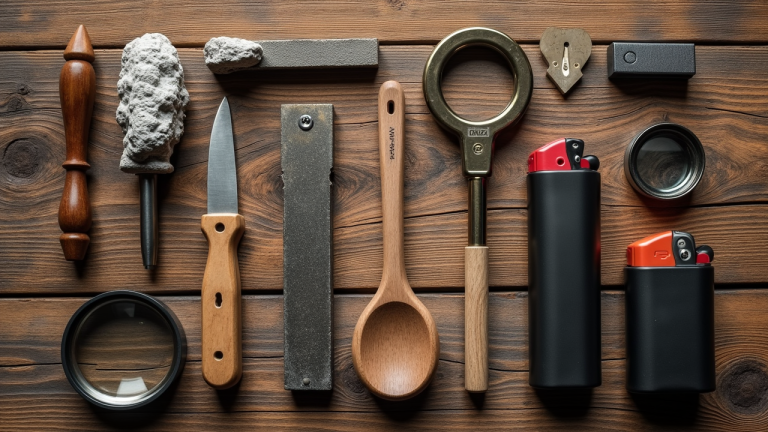Reliable Fire Starters
Mastering Fire: A Comprehensive Guide to Reliable Fire Starters
In the realm of outdoor survival and camping, mastering the skill of starting a fire is as essential as it is ancient. Not only does fire provide warmth and light, but it also enables cooking, water purification, and can serve as a critical signal in emergency situations. With modern advancements, numerous tools have been developed to aid in this fundamental survival skill. This article delves into the various types of reliable fire starters available on the market, their unique benefits, and how to effectively use them in different environments.
Traditional Matches and Lighters
Starting with the basics, matches and lighters are perhaps the most familiar tools for igniting a fire. Waterproof matches and stormproof matches are particularly useful for outdoor settings where moisture is a factor. These matches are treated to ensure they remain lit despite rain or wind. On the other hand, lighters are a more durable option, with refillable models offering extended usability. However, both matches and lighters can fail under wet conditions or run out of fuel, so having backups is crucial.
Ferrocerium Rods
A more robust and weather-resistant option is the ferrocerium rod, commonly referred to as a “ferro rod.” This tool consists of a metal rod that, when scraped with a striker or the back of a knife blade, produces hot sparks capable of igniting tinder. Ferro rods are effective in all weather conditions and at high altitudes, making them a favorite among survival experts and outdoor enthusiasts alike. The sparks generated can reach temperatures above 3,000 degrees Fahrenheit, ensuring ignition even with damp tinder.
Flint and Steel
The flint and steel method is one of the oldest techniques for fire starting. It involves striking a piece of hardened steel against a sharp piece of flint rock to create sparks. This method requires some skill and proper materials, including char cloth or other easily ignitable materials to catch the sparks. While not as convenient as modern methods, flint and steel offer an unlimited number of uses and can be a rewarding traditional skill to master.
Solar Fire Starters
Harnessing the power of the sun, solar fire starters are an innovative tool that focuses sunlight into a precise point to ignite tinder. Typically consisting of a concave mirror or lens, these devices require bright sunlight to function effectively but offer a fuel-free method of starting a fire. They are particularly useful in arid regions with abundant sunshine but require clear skies and may not be reliable in cloudy or overcast conditions.
Battery-Powered Fire Starters
Advancements in technology have introduced battery-powered fire starters to the market. These devices use small electric arcs or heated coils powered by batteries to ignite tinder quickly. Some models are integrated into multi-tools or survival gear, providing convenience and multifunctionality. While highly effective and easy to use, they do depend on battery life and need to be kept charged or supplied with spare batteries.
Chemical Fire Starters
For situations requiring an immediate flame with minimal effort, chemical fire starters can be invaluable. These typically involve two chemicals that produce an exothermic reaction when mixed. Such starters are particularly useful in emergency situations or when dealing with extremely wet conditions where traditional methods might fail.
Practical Usage Tips
Regardless of the type of fire starter used, successful fire making also depends on proper technique and preparation:
1. Prepare Your Tinder: Before attempting to start a fire, gather fine materials such as dry leaves, grasses, or commercial tinder products that will catch fire easily.
2. Build Your Fire Structure: Arrange your tinder bundle along with kindling and larger pieces of wood strategically to allow for airflow and growth of the fire.
3. Protect Your Fire Area: Ensure your fire location is protected from wind and moisture while also being safe from causing unintended wildfires.
4. Practice Safety: Always have water or extinguishing materials nearby and make sure you fully extinguish your fire before leaving the site.
Conclusion
Mastering the use of various fire starters is more than just preparing for emergencies; it’s about reconnecting with a primal skill that has lit the spark of human progress throughout history. Whether you opt for traditional methods like flint and steel or modern solutions like ferro rods or electronic starters, each method has its place in your outdoor survival toolkit. By understanding these tools’ capabilities and limitations, you can ensure that you’re never left in the cold when it matters most.




